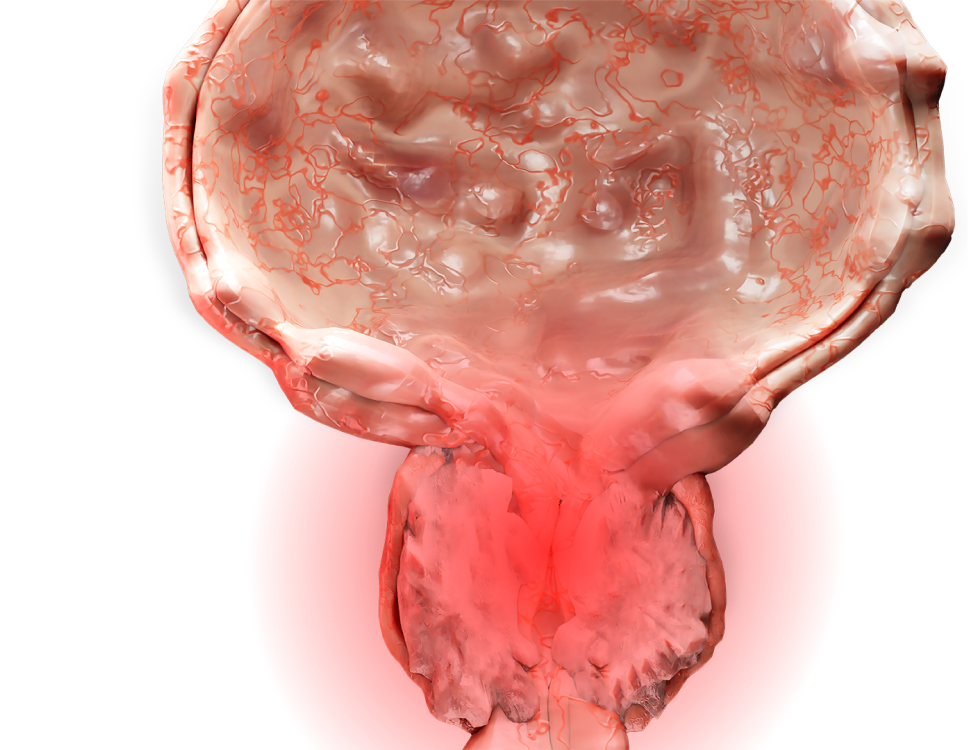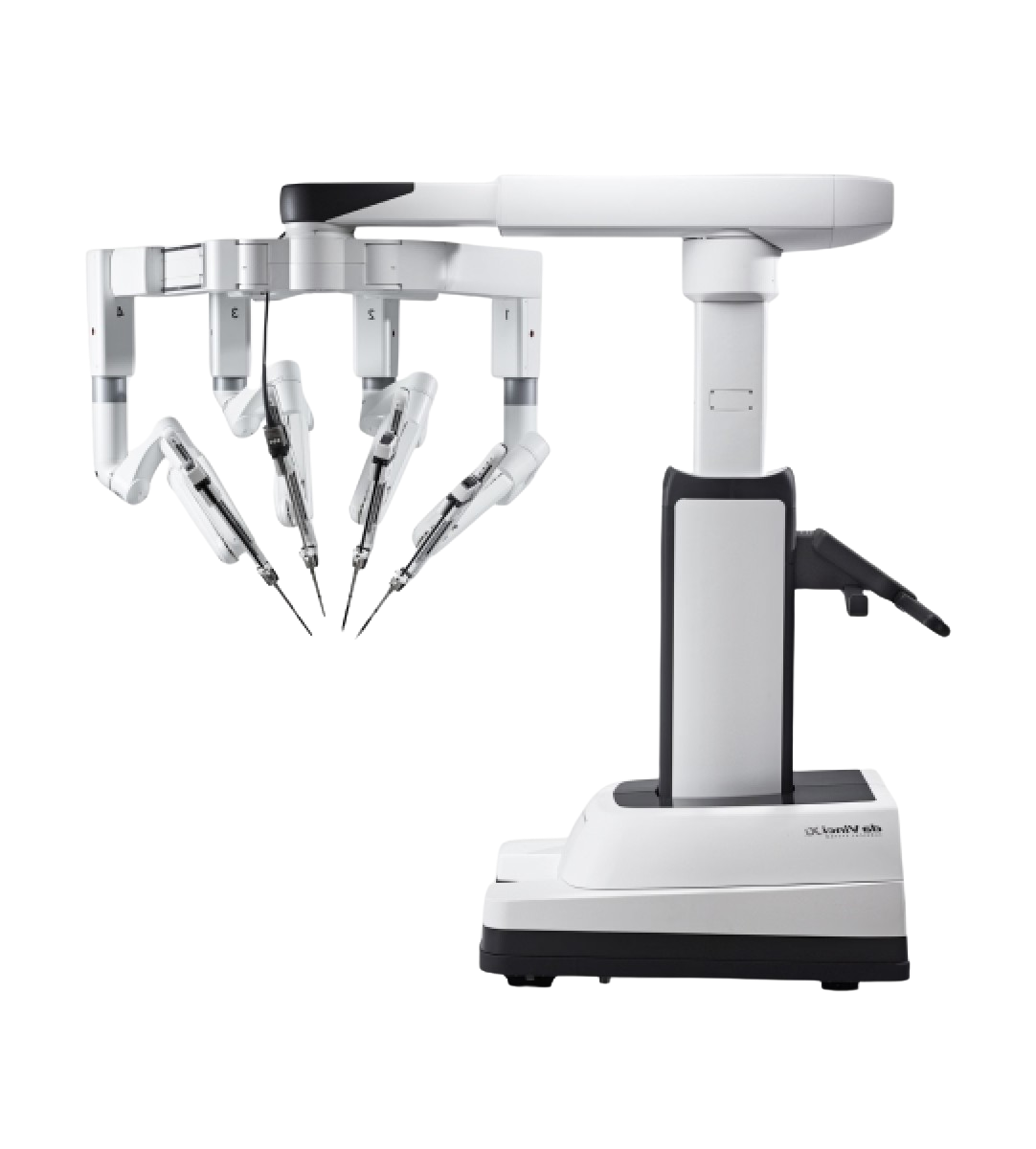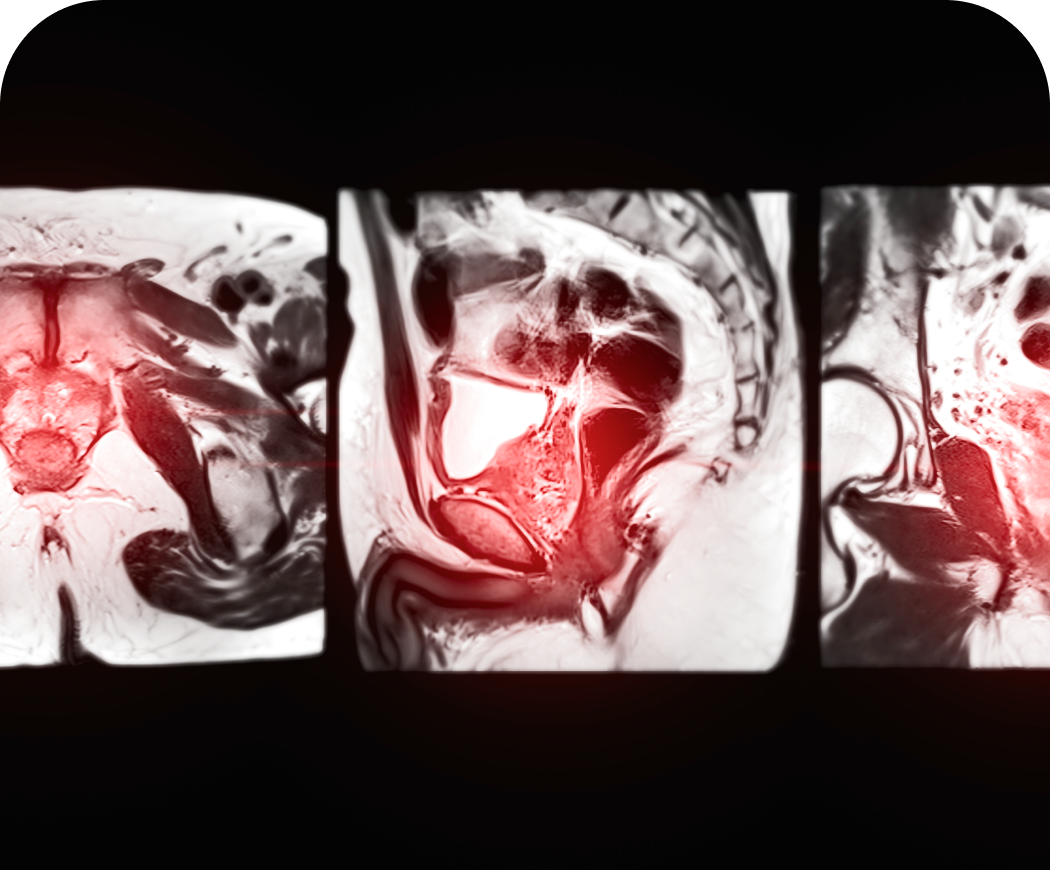
Mount Alvernia
Medical Centre A #02-03
Regency Specialist Hospital
Clinic F7

Medical Centre A #02-03
Clinic F7






Early symptoms are often subtle and can easily be overlooked.
A robotic prostatectomy is a minimally invasive surgical procedure for removing the prostate gland, typically used to treat prostate cancer. This procedure is performed using a robotic-assisted surgical system, such as the da Vinci Surgical System.

By scheduling a simple screening, you can catch prostate cancer early when it’s most treatable. Speak with your doctor about incorporating this crucial check-up into your health routine.


Dr Sim is a compassionate, service-oriented urologist with over 18 years of experience and an advanced academic and clinical background in basic to complex urology cases. Dr Sim was Director of Endourology and Fellowships in the Department of Urology, Singapore General Hospital where he practised for 15 years.
He had relocated to Malaysia during COVID-19 and was instrumental in setting up Urology services in Gleneagles Medini Johor, Malaysia. He introduced the first robotic surgical system to Southern Malaysia – Da Vinci Xi. He has performed over 160 cases of robotic surgeries in the past 1 year for both benign and malignant conditions.
Dr Sim has pioneered the minimally invasive treatment of BPH by introducing Prolieve Microwave Thermodilatation to Malaysian patients. Dr Sim was also amongst the first to introduce high power Thulium Laser for stone treatments in Malaysia and he has performed more than 1000 stone surgeries during his time in Johor. Dr Sim is also a recognised robotic and laparoscopic proctor in renowned training academies such as IRCAD, proctored robotic surgeons from Malaysia and the Philippines, and has performed live surgeries in Singapore, Thailand, Myanmar and the Philippines.
We partner with top insurance providers to offer comprehensive and reliable coverage. Our carefully selected partners ensure excellent service and a range of solutions to meeet your diverse needs, giving you peace of mind and protection.


No appointment needed. Walk-ins welcome. Check out our clinic location.
No appointment needed. Walk-ins welcome. Check out our clinic location.

This blood test measures the level of PSA, a protein produced by the prostate gland. Elevated levels can indicate prostate cancer but can also be due to other conditions.
A physical examination where a doctor feels the prostate gland through the rectum to check for abnormalities.
This test uses high-frequency sound waves to create images of the prostate and is performed by inserting a small probe into the rectum. Transrectal ultrasound (TRUS) is typically done if a man has an abnormal digital rectal exam or elevated prostate-specific antigen (PSA) levels. It is also frequently used during a prostate biopsy to help the doctor guide the needle to precise locations for taking tissue samples.
If PSA levels are high or abnormalities are found during a DRE, a biopsy may be performed to confirm the presence of cancer.
A CT scan uses X-ray images taken from multiple angles to create a 3D picture of the body’s interior. This can help identify the location of prostate cancer and any spread to nearby structures or other parts of the body.
An MRI scan utilises magnetic fields to produce detailed images of the pelvic area, helping to detect prostate cancer and check for any spread to the lymph nodes.
A bone scan can determine if cancer has spread from the prostate to the bones. This involves injecting a small amount of radioactive material, known as a tracer, and then scanning the body to observe how the tracer is absorbed, which can indicate the presence of prostate cancer.
A PET-CT scan combines a CT scan and a PET scan to give a more detailed view of cancer and its spread. The CT scan uses X-rays to detect abnormalities, while the PET scan involves injecting a radioactive glucose solution that is absorbed by rapidly growing cells, indicating possible cancer. This helps determine if abnormalities seen on the CT scan are cancerous.
It is a non-cancerous enlargement of the prostate gland, commonly affecting men as they age.
Symptoms:
Refers to inflammation of the prostate gland. Unlike BPH, which is gradual enlargement of the prostate due to ageing, prosatitis can occur at any age and may be caused by infections or other factors.
Symptoms:
It is a type of cancer that occurs in the prostate gland.
Symptoms:
It combines microwave energy with controlled dilation of the urethra to provide relief from symptoms caused by BPH, such as difficulty urinating, frequent urination, and weak urine flow.
It uses the natural energy stored in water vapor (steam) to reduce the size of the prostate tissue, thereby relieving symptoms like difficulty urinating, frequent urination, and weak urine flow.
Unlike other treatments that shrink or remove prostate tissue, UroLift works by physically lifting and holding the enlarged prostate tissue away from the urethra, allowing urine to flow more freely.
A prostatic stent is a small tube inserted into the urethra to keep it open in men with benign prostatic hyperplasia (BPH) or similar conditions that block urine flow. It helps improve urine flow by relieving pressure from the enlarged prostate.
Prostate laser surgery is a minimally invasive procedure used to treat benign prostatic hyperplasia (BPH) by removing or shrinking excess prostate tissue that blocks urine flow. The laser uses concentrated light energy to precisely target and remove the obstructing tissue, improving urinary symptoms.
Robotic prostatectomy is a minimally invasive surgical procedure used to treat prostate cancer. It involves the use of advanced robotic technology to remove the prostate gland with precision through small incisions.
A kidney disorder where the antibody IgA builds up in the kidneys, leading to inflammation.
Kidney damage resulting from long-term diabetes, which can lead to CKD.
Causes: Poorly controlled blood sugar levels over time.
Narrowing of the renal arteries, which can reduce blood flow to the kidneys and lead to hypertension.
Causes: Atherosclerosis (hardening of the arteries) or fibromuscular dysplasia.
A condition characterised by high levels of protein in the urine, low levels of protein in the blood, and swelling in various parts of the body.
Causes: Various diseases and conditions that affect the kidneys’ filtering units.
Cancer that originates in the kidneys, which may present as a lump or mass in the kidney area.
Causes: Smoking, certain genetic conditions, and high blood pressure.
Swelling of a kidney due to a build-up of urine, often caused by an obstruction in the urinary tract.
Causes: Kidney stones, tumours, or congenital abnormalities.
Infections that can affect any part of the urinary tract, including the kidneys.
Causes: Bacteria entering the urinary tract, often from the bladder.
A genetic disorder characterised by the growth of numerous cysts in the kidneys, leading to kidney enlargement and impaired function.
Causes: Genetic mutations.
Inflammation of the glomeruli, the tiny filters in the kidneys, which can impair kidney function.
Causes: Autoimmune diseases, infections, and certain medications.
Hard mineral and salt deposits that form in the kidneys and can cause severe pain or blockages.
Causes: Dehydration, high levels of calcium or oxalate in the urine, and certain dietary factors.
A sudden and rapid decline in kidney function, which can occur over hours or days.
Causes: Severe dehydration, infections, certain medications, or obstruction of the urinary tract.
A long-term condition where the kidneys gradually lose their function over time.
Causes: Diabetes, high blood pressure, glomerulonephritis, and other underlying conditions.
Abnormal connections between the vagina and other organs, such as the bladder or rectum, often resulting in leakage.
Conditions where pelvic organs (such as the bladder or uterus) bulge into the vagina due to weakened pelvic support tissues.
Conditions such as testicular cancer, varicocele (enlarged veins in the scrotum), and epididymitis (inflammation of the epididymis).
Issues affecting sperm production or delivery, impacting the ability to conceive.
Difficulty achieving or maintaining an erection.
Conditions including benign prostatic hyperplasia (BPH), prostatitis (prostate inflammation), and prostate cancer.
Blockages in the urinary tract that impair the flow of urine, often due to conditions such as enlarged prostate or bladder stones.
Narrowing of the urethra due to injury, infection, or surgery, leading to difficulty with urination.
Chronic pain in the pelvic area, which can be related to urological conditions or other underlying issues.
Involuntary leakage of urine, which can be caused by various factors including ageing, childbirth, or neurological issues.
Conditions such as overactive bladder, interstitial cystitis (painful bladder syndrome), and bladder cancer.
Hard mineral deposits in the kidneys that can cause pain & blockage.
Infections affecting the bladder, kidneys, ureters, or urethra.